Who is the pilot in command of your aircraft?
Air Facts
FEBRUARY 10, 2025
Who is the pilot in command of your aircraft? Air Facts Journal The pilot in command of an aircraft is directly responsible for, and is the final authority as to, the operation of that aircraft. Little by little, your authority as PIC can be eroded until no one is actually in command.

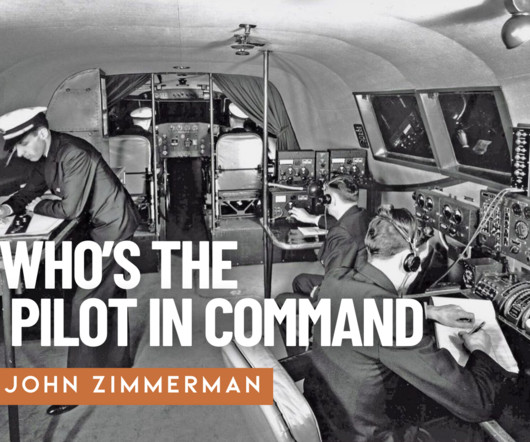

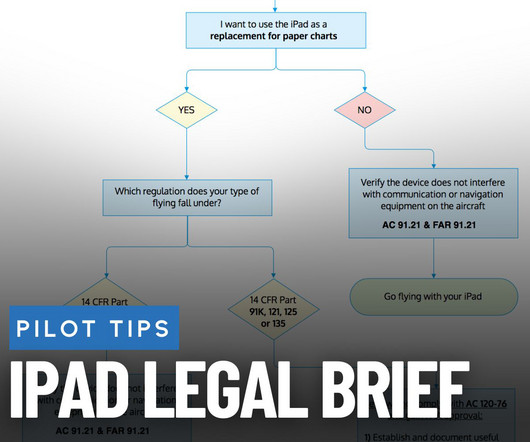
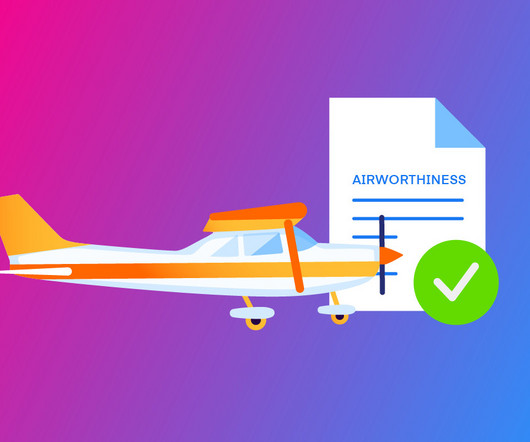
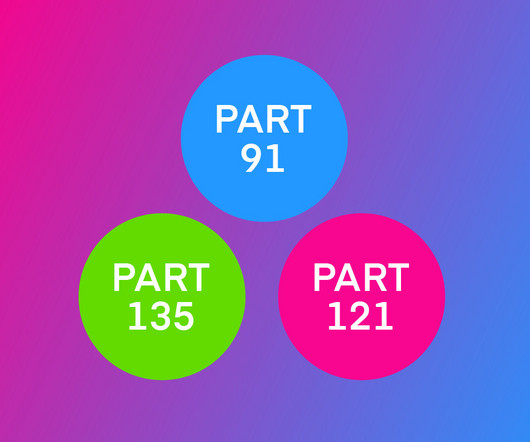


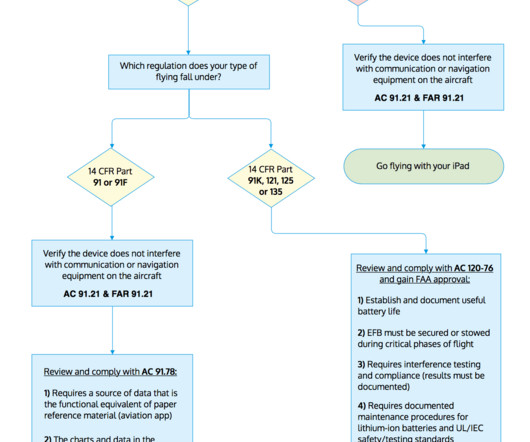

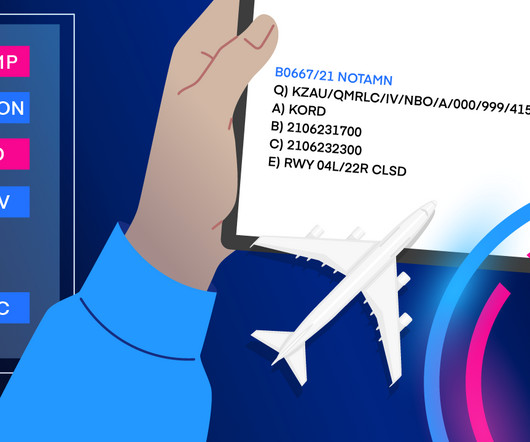


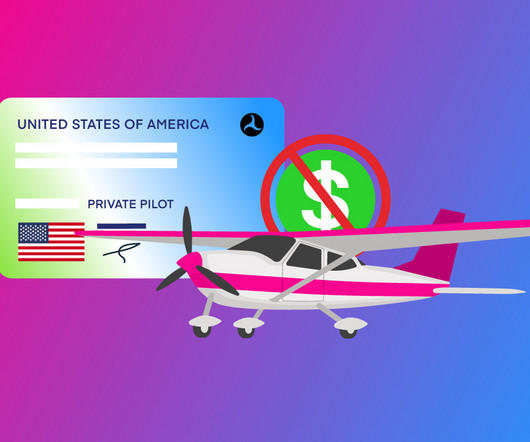






Let's personalize your content